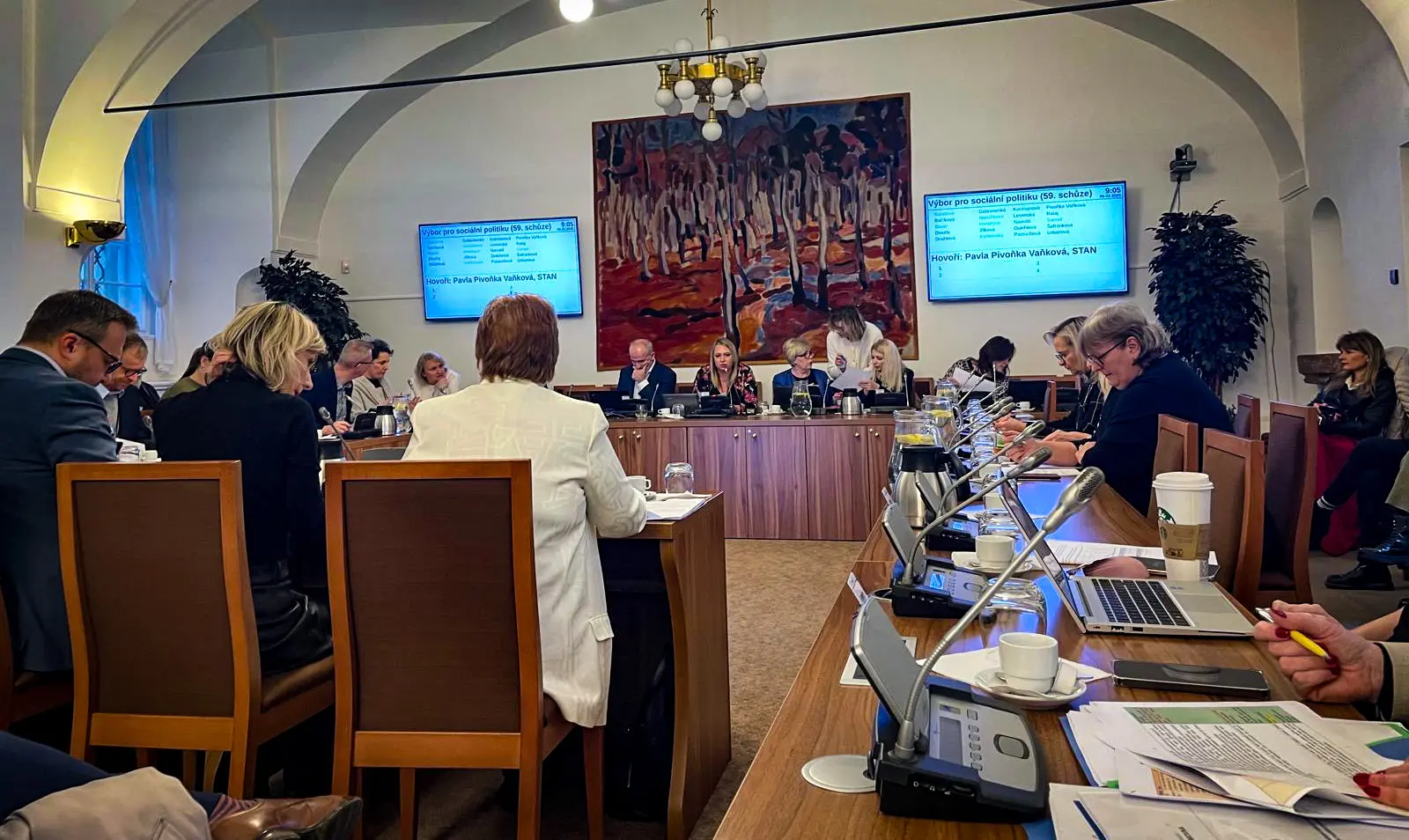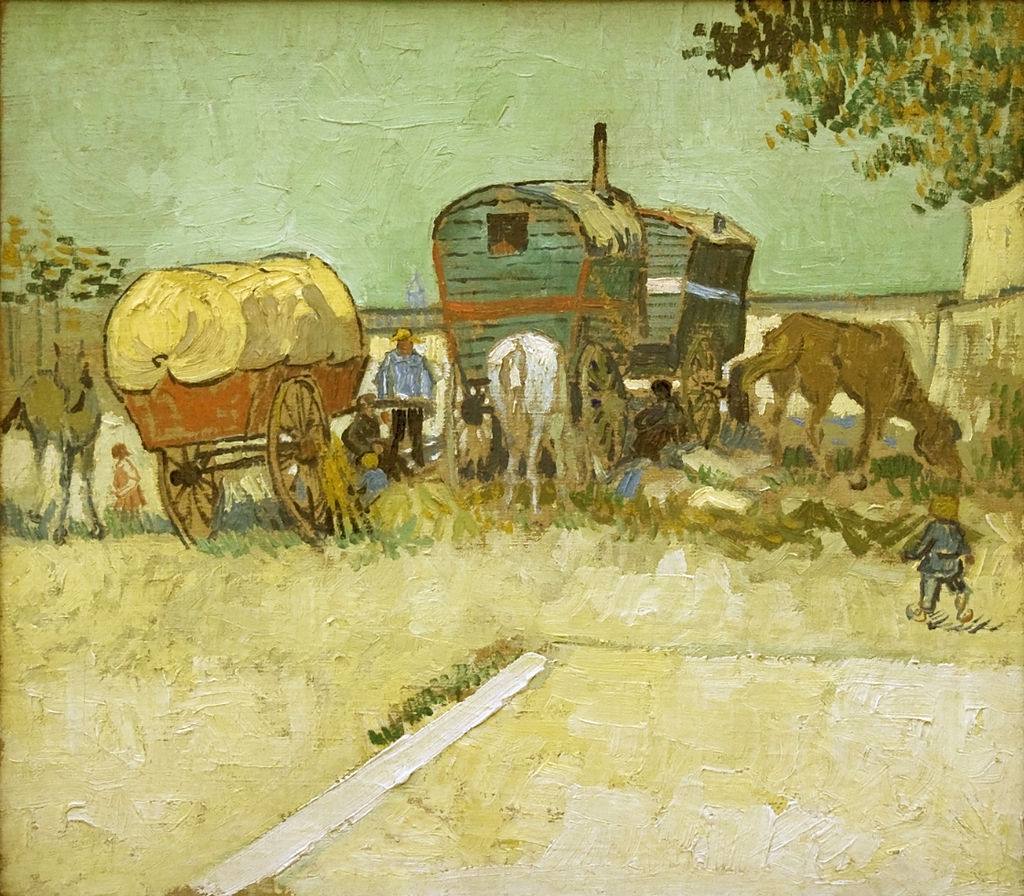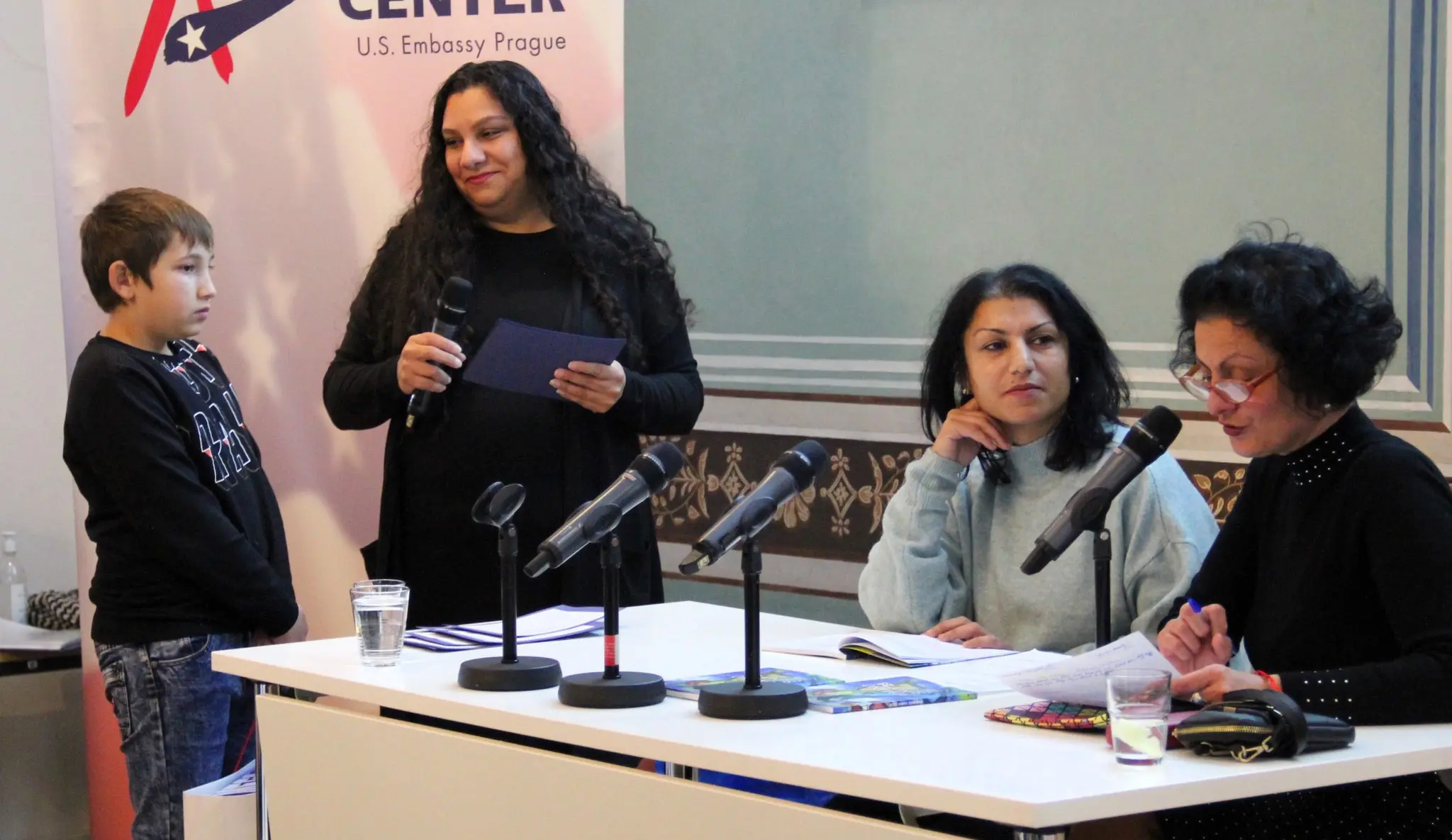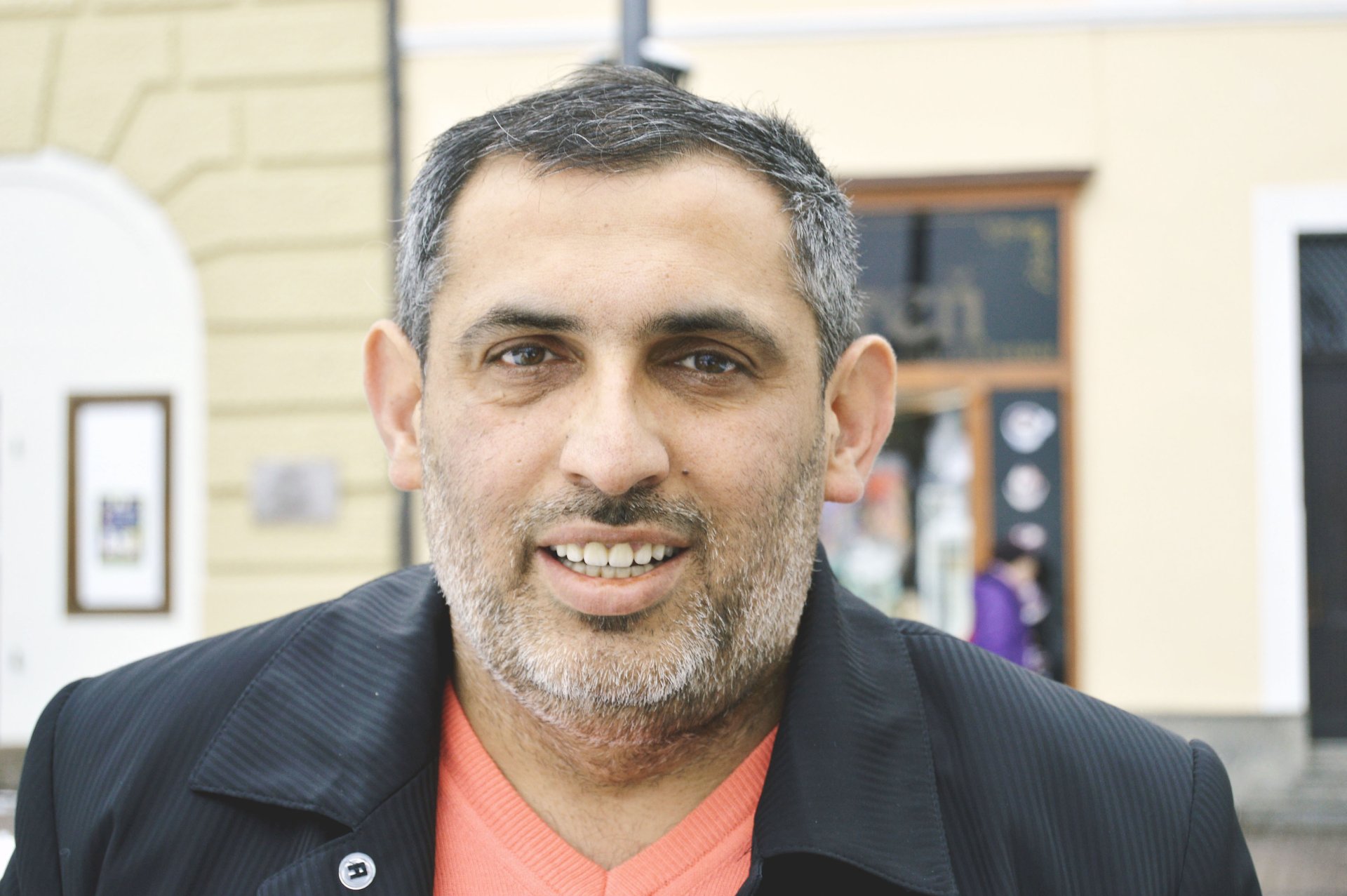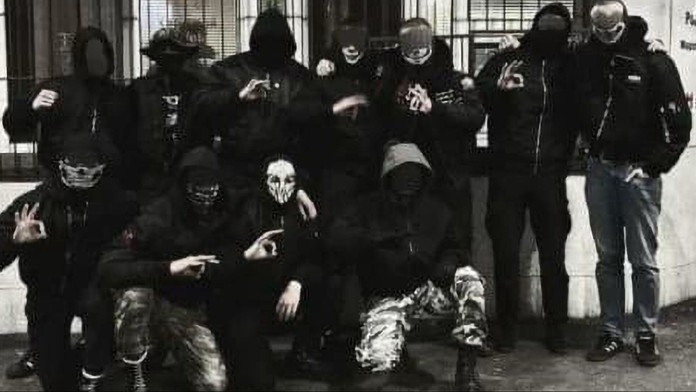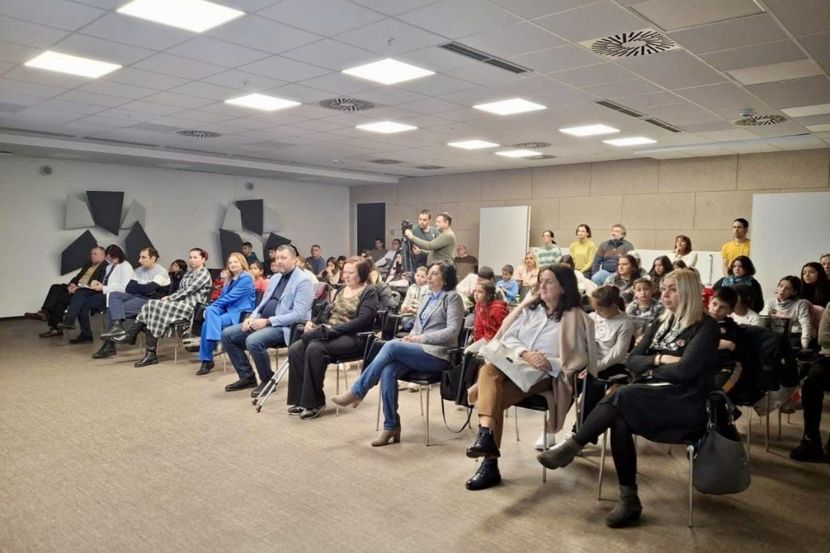Aaron Lake Smith (2013) reported on the continued segregation of Rroma in Slovakia. The fire in the Castle of Krásna Hôrka in March 2012, which was attributed to arson by two Rroma boys, gave rise to an increase in the discrimination of Rroma in Slovakia. Nationalist movements and among them for example politician Marian Kotleba reasoned that the stereotypes about Rroma are true and unavoidable. Open xenophobia against Rroma in the Hlinka Slovak People’s Party, a party which has the same name as the fascist regime during World War Two, is not unusual. Rroma are the cause for the discrimination against “honest people”, the ethnic Slovaks. Followers of Hlinka support geographical segregation of the Rroma in reservations or even their extermination modelled after the one of the Jews by the Nazis. The one billion dollars in development funds that the EU and the World Bank provided for inclusion of Rroma in the workforce, the schools and the social community seem to have borne little fruits and have often been diverted to realize local pet projects of municipalities. An interviewed member of parliament sees these funds as an pretext to help prevent the migration of the Rroma in the West, where they also are usually undesirable.
Smith then goes on about the history of Rroma in Eastern Europe. Under the Soviet Union rule, they were generally well integrated into the workforce, the official policy being at full employment. After the fall of the Iron Curtain, they were progressively excluded in segregated suburbs. Paradoxically, the new minority status led to more exclusion and to less protection, mainly because it was soon politicized and instrumentalised. Rroma are also discriminated because of their purportedly poor hygiene. Rhat hygiene should not be judged based only on observations of the conditions of gardens and courtyards is not part of this discussion. Until 2004, according to the journalists, forced sterilizations of Rroma women were undertaken. From the State’s perspective, these women exploited the social system by excessively drawing on children’s allocations. The segregation of Rroma children in Slovakia continues to this day. Many are excluded from regular schools by fictitious diagnosis of disabilities.
A section is devoted to the fate of Rroma during World War II. The persecution and extermination of approximately 500,000 to 1.5 million Rroma by the Nazis was historically never really acknowledged. One explanation for this omission is the no less racist reasonning that Rroma were persecuted and killed by the Nazis, not for racial reasons, but because of their anti-social and criminal behaviour. Lake Smith concludes his article with a statement of his journalist colleagues Markus Pape that the nationalisms of Eastern Europe are the result of a crisis of identity after the fall of the Soviet bloc. In this new form of identity, there is no room for Rroma.
Source:
- Lake Smith, Aaron (2013) The New Roma Ghettos. Slowakia’s Ongoing Segregation Nightmare. In: Vice United States vom 4.4.2013.
